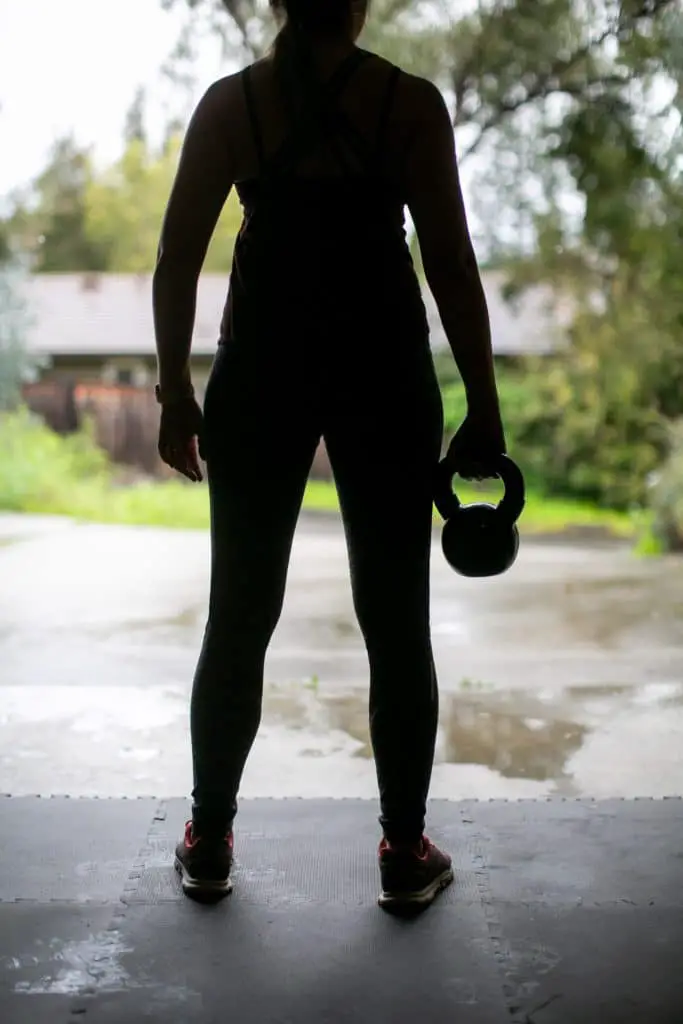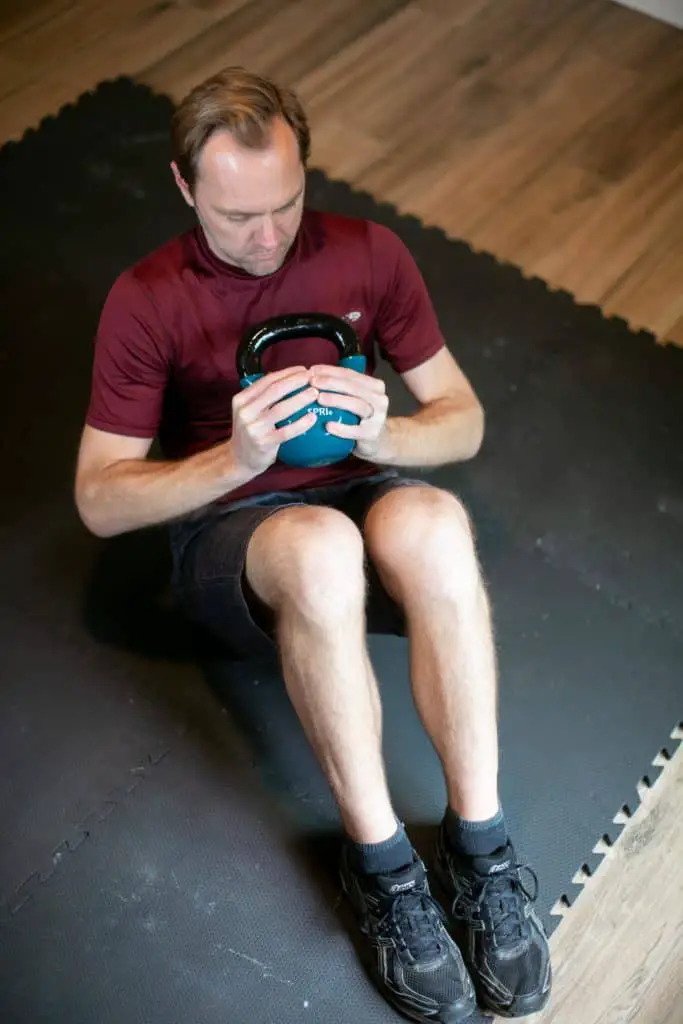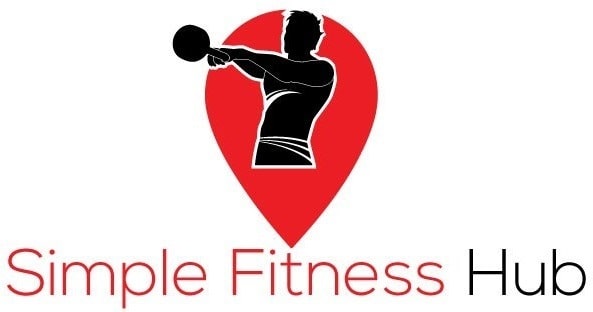KettRunners have special requirements for fitness. They need to focus on core stability, balance, and particularly muscle endurance. As it turns out, kettlebells are not exclusively for people looking to gain muscle. They can help runners meet their workout goals as well.
We’ve put together the complete kettlebell workout for runners. This routine will provide benefits that will directly aid runners in stepping up their game.
Kettlebell Workout for Runners
Complete this routine once for a light workout and twice for a moderate to advanced workout. Rest at least 30 seconds between sets.
Kettlebell Swing: 15 reps, 2 sets
The kettlebell swing is pretty much the trademark move of kettlebells. You can always find someone in the corner of every gym doing swings. There are a lot of reasons for the popularity of this move. One of them is that it is great for everyone. It is specifically good for runners, because it develops the posterior chain.
Since running involves significant amounts of pounding on the ground, a strong posterior chain is of paramount importance for injury prevention. It also helps to develop power in the hips, glutes, and hamstrings.
To do a swing correctly, take an athletic stance and put a kettlebell about six inches in front of you. Next, keeping your back straight, hinge your hips backwards and bend your knees to lower yourself so you can grasp the kettlebell. Once you have grabbed the kettlebell, hike it backwards between your legs.
Next, reverse the movement by quickly hinging your hips forward to bring the kettlebell up. As the kettlebell reaches about your chest height, contract your abs and allow the kettlebell to fall back down while guiding it between your legs.
A common issue with the swing is that people try to turn it into a squat. To avoid this, make sure the power is coming from your hips and not your legs.
Sumo Squat to High Pull: 15 reps, 2 sets
The reason this move is important for runners is that it helps lengthen and strengthen the inner thighs, an often neglected area. While runners often have strong quads and hamstrings, it is easy to forget about those adductor muscles, which can lead them to get tight.
This move will help to stretch out those inner thighs, so they can keep up with the rest of your legs.
Start this move by getting into the starting position with your feet in a wide stance, toes pointed out, and holding a kettlebell. Pull in your shoulders, back, and abs, and then squat.
As you come up from the squat, pull the kettlebell up to your chin with your elbows up, and repeat.
Two Arm Overhead Press: 12 reps, 3 sets
Many runners forget about their upper body in favor of the lower body. However, the upper body is extremely important for proper form and balance.
This move helps to build core strength, as well as arm strength, for an upper body that will push your running performance over the edge.
A two-arm press is done by first cleaning a kettlebell in each hand. Once you have a kettlebell in each hand, begin to press them upwards until your arms are in the lockout position.
Next, bring them both down to your shoulders with control, and repeat.


Windmills: 15 reps each side, 2 sets
Diagonal movements may not seem very important in running, but there is actually a good deal of balance and twisting involved in different running gaits.
Doing windmills will make these types of movements easier. Kettlebell windmills help runners with flexibility in the hips as well as core strength, both of which are extremely important in running.
To do a windmill, start by holding a kettlebell in one hand above your head with your arm in a lockout position. Next, take your non-kettlebell hand and begin to bend at the hips to touch the foot opposite your kettlebell hand.
As you bend, keep your kettlebell arm extended completely above you. Once you have touched your foot, return to the standing position, while keeping your kettlebell arm extended.
Your arm holding the kettlebell should remain locked out throughout this entire motion. Also, remember to keep your back straight and bend at the hips, not your back.
Scotts Press: 10 reps each arm, 2 sets
Upper back stability is just as important as lower back stability for injury prevention and balance. This is why the Sotts press is so good for runners. It trains the upper back while building up even more core strength.
A Sotts press is performed by first cleaning a kettlebell so that is in the rack position. Rack position is bent elbow with the bell of the kettlebell resting in the crook of your elbow.
Stand with your feet shoulder width apart and do a squat.
When you reach the bottom of your squat, engage your core and press the kettlebell up. Do all 10 presses while still in the squat position.
We’ve put together a comprehensive review, where we found the best adjustable kettlebell on the market.
Two Hand Deadlift: 20 reps, 2 sets
Deadlifts are a great way to work your hamstrings and glutes as well as your core. While runners usually have strong glutes and hamstrings, it can be helpful to give them a different type of workout that will help increase muscle endurance.
There are many variations of deadlifts that can be done with kettlebells, but for this workout focus on the basic two-handed deadlift. Start with your feet shoulder width apart, with the kettlebell on the floor between your legs.
Next, tighten your core and squat down to grab the kettlebell with an overhand grip. Keep your back straight and chest lifted as you squat.
Finish the move by standing upright and bringing the kettlebell up with you. Squeeze your glutes as you reach the top, pause for a moment, and finish the rep by squatting again.
Conclusion
Runners have as much to gain from training with a kettlebell as anyone else. The conditioning and strength training benefits will help increase muscle endurance and enhance your running performance.
Enjoy our guide on kettlebell workouts for runners. On your days off from running, do yourself a favor and pick up some kettlebells. Your body will thank you!
